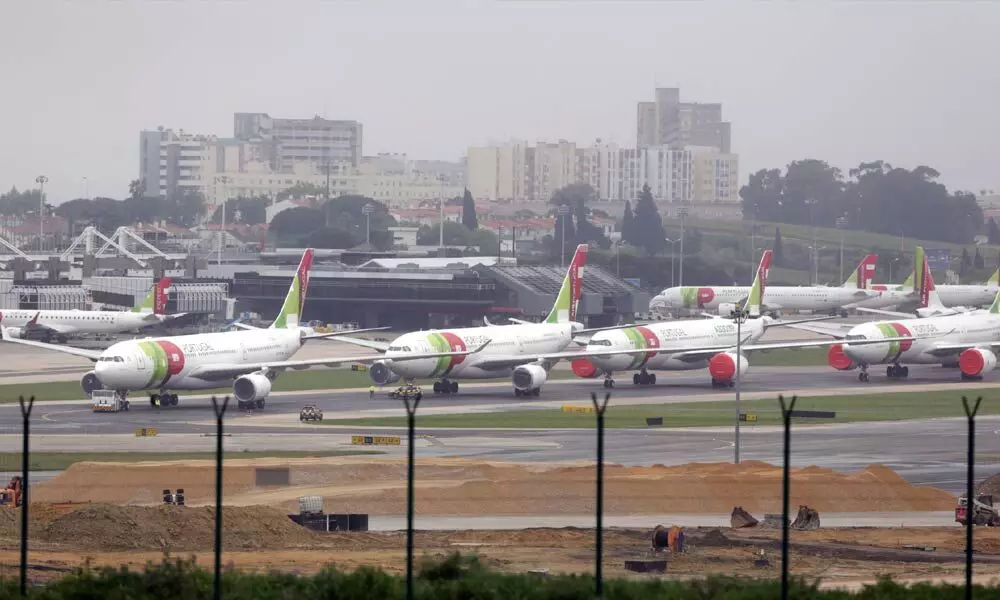How stimulus can boost the aviation industry
To ameliorate Covid-19 negative consequences, several countries are supporting financially their national carriers and other participants in the aviation value chain
image for illustrative purpose

The high capital costs of airlines and airports make the survival of several actors questionable in the short term, as for instance, the typical airline has cash to cover only around two months of revenue loss. The medium-term perspective of aviation is also bleak, since air travel is likely to be affected by a decrease in demand for tourism and for business travel at least until the end of 2021. To ameliorate these negative consequences, several countries are (or will be) supporting financially their national carriers and other participants in the aviation value chain. The support measures are mainly aimed at ensuring essential connectivity during the pandemic and protecting the millions of jobs the industry supports. They also constitute an indirect support to travel-sensitive sectors of the economy such as tourism to enable a faster rebound in the post Covid-19 recovery phase.
Aviation is seen by most governments as a strategic sector closely linked with economic development, and as a result is directly or indirectly supported across several parts of its value chain. Aviation policies, like other economic policies, reflect a balance between the interests of consumers and the aviation and tourism industries (Abate, 2016). Support can be in the form of selective subsidies to operators, manufacturers, or service providers, or of interventions that restrict market access to potential competitors and create monopolistic bottlenecks. National and regional air transport development policies are often centred around ensuring domestic and international aviation connectivity, since the number and frequency of aviation connections are strongly correlated with economic growth.
The role of government and public authorities at all levels – especially the type and duration of measures affecting transport operations – will be crucial for the future development of the aviation industry. Sustainability criteria, used as one condition for government support to airlines, can be compatible with a post-pandemic strategy for the aviation sector. Guiding the support to air transport operators towards technologies and operational models that meet wider policy priorities is an option that can deliver longer-term benefits. In that sense, government support that results in partial or full nationalisation of carriers can be positive, since it may be a lever to introduce social and environmental goals.
The world's largest aviation market, the United States, has also unveiled the most significant recovery package, valued at $71 billion for the aviation industry alone. This consists of a combination of grants (to protect employee wages), loans and loan guarantees.
But other Western economies, such as the UK and Canada, have to date not released an aviation-specific package and have instead mainly focused on job protection and wage subsidies across the entire economy. Australia similarly offers a wage subsidy programme, as well as waivers on various aviation taxes and charges. In Europe, governments have instead focused on providing loan guarantees for specific carriers. The government of India is making more air space available to reduce travel time and save on fuel. Six more airports will be auctioned for private participation. Also, an additional investment of Rs 13,000 crore will be made by private players in 12 airports auctioned in first and second rounds. Tax regime for aircraft Maintenance, Repair and Overhaul (MRO) has been rationalised. Aircraft component repair and airframe maintenance is expected to increase from Rs 800 crore to Rs 2,000 crores in three years.

